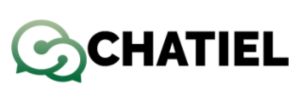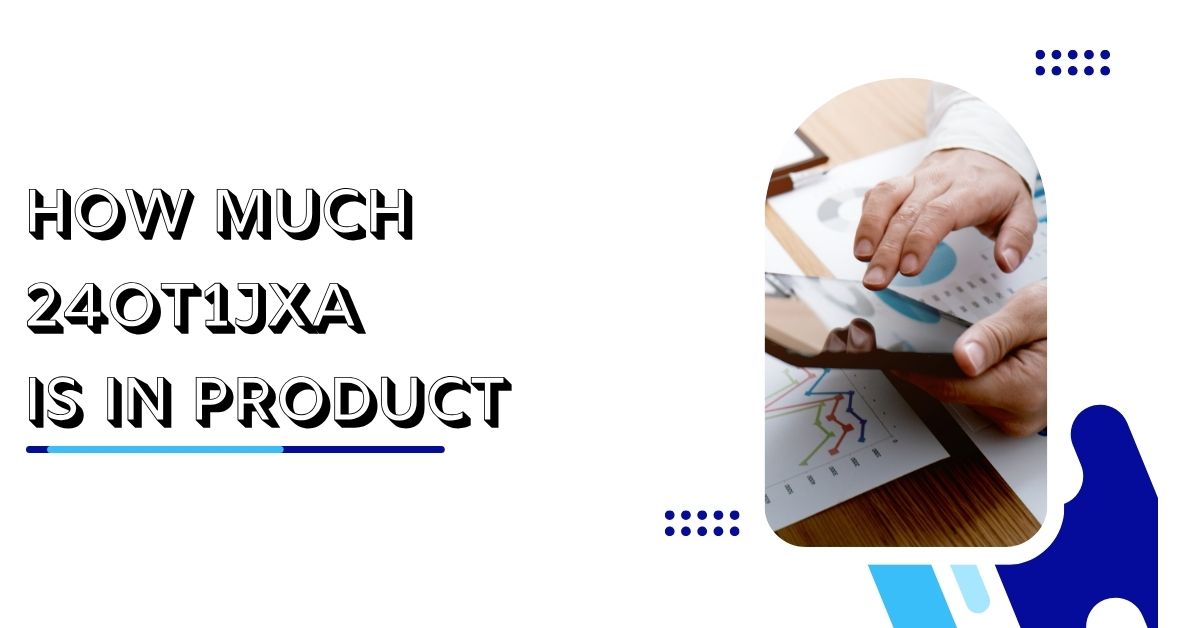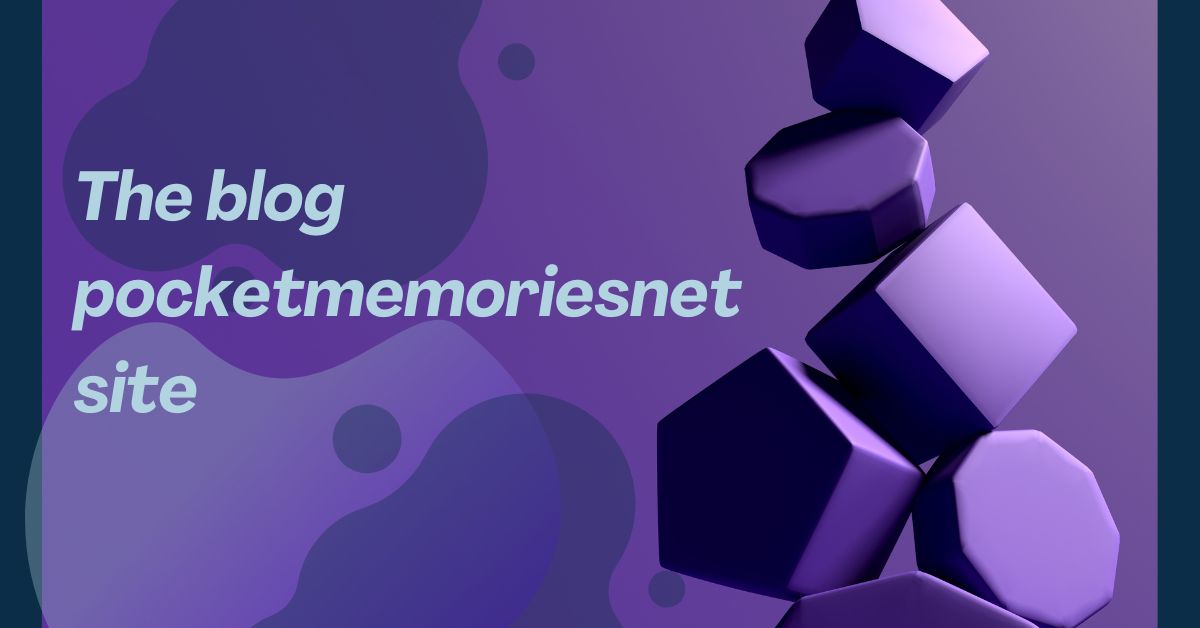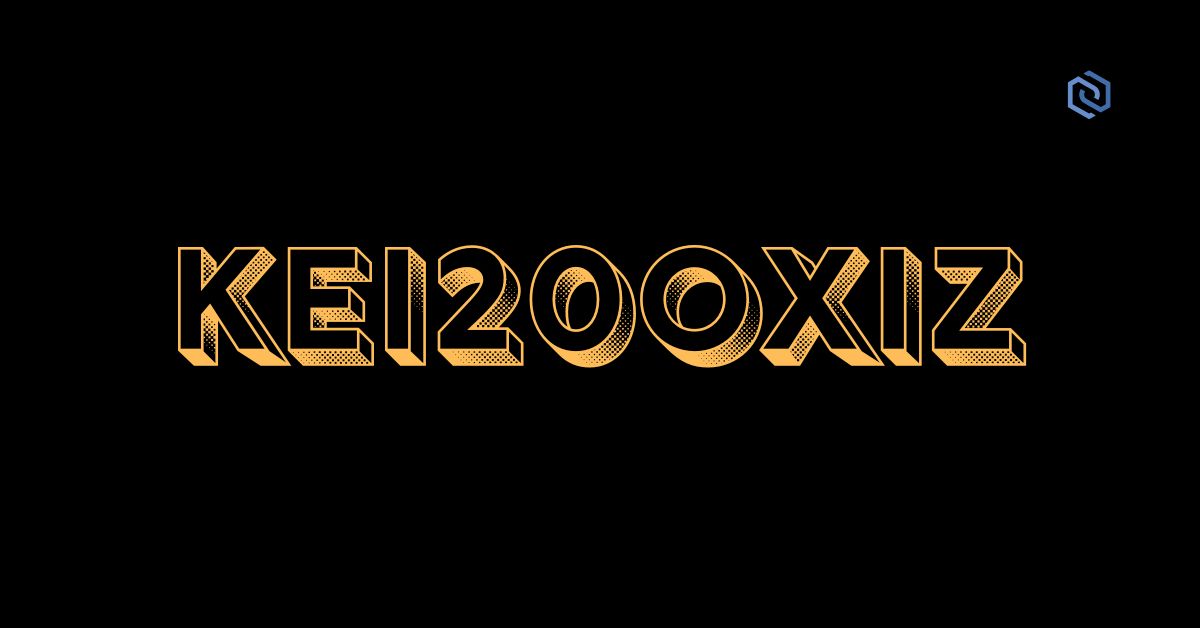How Much 24ot1jxa Is in Product might sound like a cryptic question, but it’s becoming increasingly relevant in discussions around product formulation, tech-based materials, and supply chain traceability. The term “24ot1jxa” appears to be a coded identifier or component reference often associated with specialized product labeling or digital inventory systems. Its importance is not necessarily in the chemical or physical form but in how it’s tracked, analyzed, and integrated into modern manufacturing processes. With growing concerns around ingredient transparency, tech sourcing, and digital labeling, understanding the role and quantity of 24ot1jxa in products is crucial for both consumers and industries.
What Does 24ot1jxa Represent?
The designation 24ot1jxa does not point to a widely recognized element or compound, but rather a reference code used within specific sectors—especially in data tagging, secure labeling, or proprietary ingredient systems. Often, companies use such internal codes to identify components within larger systems. These identifiers may relate to a digital token for traceability, a raw material batch, or a product enhancer within a proprietary blend. When users ask how much 24ot1jxa is in a product, they may be referring to the concentration, impact, or presence of a specific controlled element being tracked using that code.
Why Are Coded Components Used?
In today’s global supply chain, transparency and traceability are essential. Coded identifiers like 24ot1jxa allow manufacturers to log, monitor, and authenticate each stage of product development. From the source of materials to their processing and final delivery, every step can be tagged with unique codes. This practice helps prevent counterfeiting, ensures regulatory compliance, and provides insights into sustainability. In industries like pharmaceuticals, electronics, or even agriculture, coded tracking like 24ot1jxa is critical to maintaining quality control and traceability.
Understanding Product Composition
When consumers look at a label, they often want to know what exactly is in a product. However, not all components are listed using everyday language. Some are bundled into proprietary blends or are digitally documented using identifiers like 24ot1jxa. This is common in high-tech products where companies prefer not to disclose sensitive formulation details. Nonetheless, these components, while encrypted in name, may still influence the product’s function, safety, and performance. Understanding that 24ot1jxa might represent a material, a compound, or a process stage is key to demystifying the label.
Tracking Digital Elements in Products
With the rise of smart packaging and Internet of Things (IoT) devices, products now often contain traceable elements that are more digital than physical. 24ot1jxa might correspond to a digital signature embedded in a product for verification or scanning purposes. In this sense, it doesn’t represent a measurable chemical amount but rather a traceable digital asset. Retailers and consumers use this for authentication, returns, or inventory purposes. These smart elements also help combat fraud and allow companies to track lifecycle data of individual products.
Legal Implications of Code-Based Labeling
In many industries, especially where safety is paramount, regulatory bodies may require full disclosure of product contents. If 24ot1jxa is used in lieu of listing an actual component, it raises questions around compliance and transparency. Companies must ensure that any hidden or coded elements meet labeling standards of the jurisdictions in which the product is sold. In pharmaceuticals, food, or electronics, omitting details under vague codes can lead to legal scrutiny. Consumers and watchdogs increasingly demand full visibility, so the use of such identifiers must be backed by transparent documentation.
Consumer Rights and Transparency
Today’s consumers are more informed and assertive about knowing what they are using or ingesting. The emergence of ingredient databases and third-party apps allows them to scan labels and decode mystery components like 24ot1jxa. Transparency builds trust, and if companies fail to clarify such terms, they risk losing credibility. Forward-thinking brands now include QR codes or companion platforms where consumers can explore each product’s sourcing and formulation details, even those hidden behind identifiers like 24ot1jxa.
Tech-Driven Supply Chain Monitoring
Advanced supply chains use data-driven systems to manage inventory and quality. 24ot1jxa could represent a node in such a system, marking the origin or journey of a particular ingredient. Blockchain and AI-backed tracking tools often assign such codes to maintain a tamper-proof trail of data. These systems help businesses trace contamination, recall products efficiently, and prove ethical sourcing. In such a model, asking how much 24ot1jxa is in a product is similar to asking how deeply embedded traceability is in that item.
Role in Product Quality and Consistency
If 24ot1jxa is a component or enhancer, its quantity could directly influence the product’s consistency or effectiveness. For instance, a nutritional supplement may use such a code to identify a custom-formulated blend. If the percentage fluctuates, it may affect potency or safety. Similarly, in electronics, a micro-chip or nano-element labeled under 24ot1jxa might control a core function. Even though hidden behind a generic label, its presence can define how the product performs under different conditions.
Proprietary Ingredients and Market Competition
Companies often keep their unique ingredients under wraps to avoid imitation. Using a term like 24ot1jxa is a strategic decision to protect intellectual property. However, this can also stir skepticism among consumers. Competitors may try to analyze and reverse-engineer such elements, while consumers may question what exactly they are using. Brands must walk a fine line between protecting trade secrets and being honest with customers about what goes into their products.
Challenges in Decoding Coded Content
For consumers and professionals alike, decoding 24ot1jxa can be challenging without proper context. Its interpretation might vary by industry, product type, or even geographic region. A code used in one company’s labeling might mean something entirely different elsewhere. This ambiguity creates a barrier for people trying to assess product safety or quality. The best way forward is increased collaboration between companies, regulators, and tech providers to standardize how such codes are defined and shared.
Future of Intelligent Product Labeling
As digital transformation continues to reshape industries, the use of identifiers like 24ot1jxa will likely grow. We’re heading toward a future where every item, from food to fashion, carries embedded intelligence. These smart tags will do more than inform—they’ll interact with devices, update consumers on freshness, and even issue warnings when certain thresholds are crossed. Understanding the presence of 24ot1jxa today prepares us for an increasingly interconnected product ecosystem tomorrow.
Conclusion
How Much 24ot1jxa Is in Product might be a simple question on the surface, but it opens the door to deeper conversations around digital tracking, ingredient transparency, and the evolving nature of product labeling. Whether it’s a proprietary identifier, a digital trace element, or a hidden formulation component, 24ot1jxa reflects the complexity of modern manufacturing and consumer demands. As we shift toward smarter products and more conscious consumption, knowing what’s behind these cryptic terms becomes vital. Companies must balance privacy with honesty, and consumers must be equipped with tools to decode the information presented to them. In the end, 24ot1jxa is more than a label—it’s a symbol of the new digital layer embedded within the products we use every day.
FAQS
What is 24ot1jxa commonly used for in products?
It’s typically a coded identifier representing a component, process, or traceable element within a product system.
Is 24ot1jxa a chemical or digital tag?
It can be either, depending on the industry. In many cases, it’s a digital trace tag used for smart labeling.
Can consumers find out what 24ot1jxa means?
Yes, with QR codes, apps, or direct inquiry to the brand, consumers can often decode what the identifier represents.
Is using codes like 24ot1jxa legal in labeling?
Yes, as long as the product meets regulatory disclosure requirements and the information is available upon request.
Why don’t companies list full names instead of codes?
Often, it’s to protect proprietary information, maintain competitive edge, or simplify internal inventory systems.





